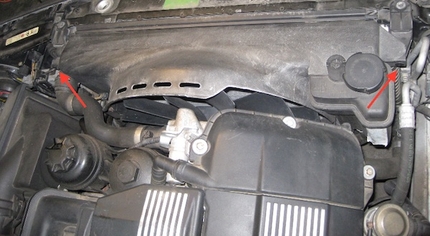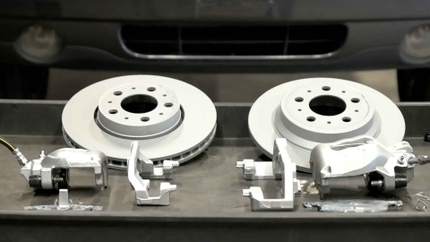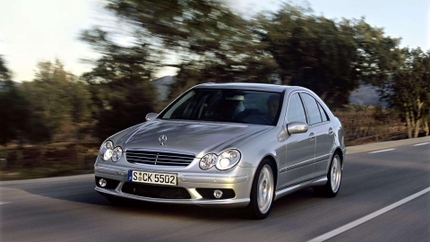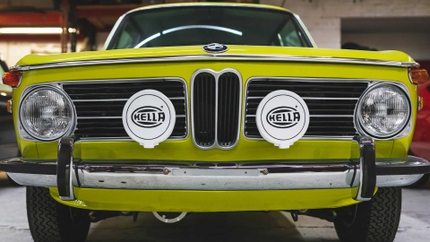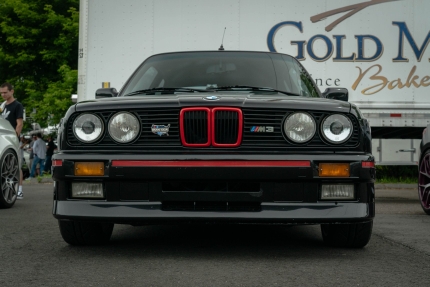- 01/31/2017
- 1 Min Read
- By: Tim Wong
Volvo's Automatic Locking Differential - How it Works
For safe winter driving, modern day society tells us that you have to have a vehicle with AWD, and preferably, winter tires. The logic is sound of course; more wheels with power being transferred to them equals more grip in the slippery stuff. Audi took this ideology and ran with it, branding everything from sports cars to SUV’s with their now famous Quattro AWD after destroying the competition in the world rally championship.
Watching the world turn their attention to 4WD, the swedes had another idea. If anyone knew the problems of deep-snow winter driving, it was them. Instead of making every wheel powered in order to pull your car out of the snow, thereby increasing weight, complexity, and reliability (remember that the first generation of 4WD systems in cars were essentially derived from trucks), Volvo simply improved the traction on their RWD vehicles, looking to the most tried and true form of traction available: Jeeps.
A famous FCP writer once said, “If you got stuck driving a Willy’s Jeep, you simply don’t know how to drive”. Volvo, knowing the capability of Jeeps, essentially employed the same Dana automatic locking axle in their own solid rear axle for most late 80’s to mid-90’s RWD cars.
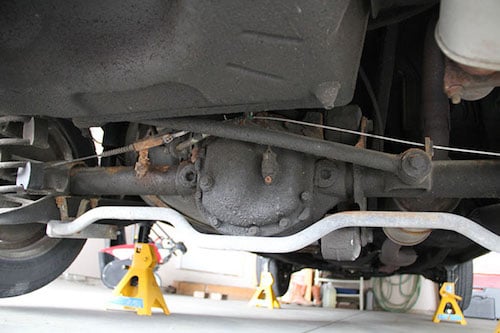
Instead of a complicated limited slip differential which requires multiple clutch packs, Volvo’s system employed a centrifugal clutch system which was active at low speeds, below 25 MPH. As you started moving faster, the clutch system would disengage, and the differential would work normally.
Ever been in a snowy situation where one wheel with traction wouldn’t move an inch while the other free wheel would spin wildly? This would not happen with a locking differential as torque would be applied equally to both driven wheels.
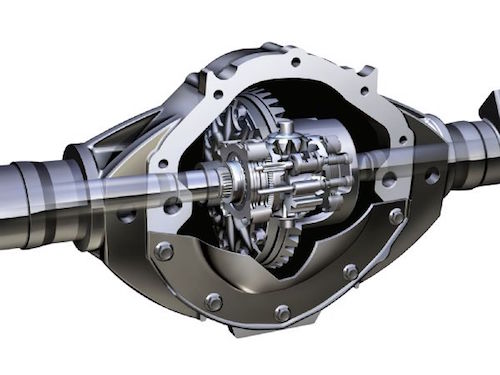
The other advantage to the Volvo system was how easy it was to package; it fit inside the differential housing and required no other accessory components. Less parts = less weight and less things to go wrong, all part of the aura of the legendary Volvo bricks. In practice, a locking differential would get you out of situations that even some 4WD systems wouldn’t.
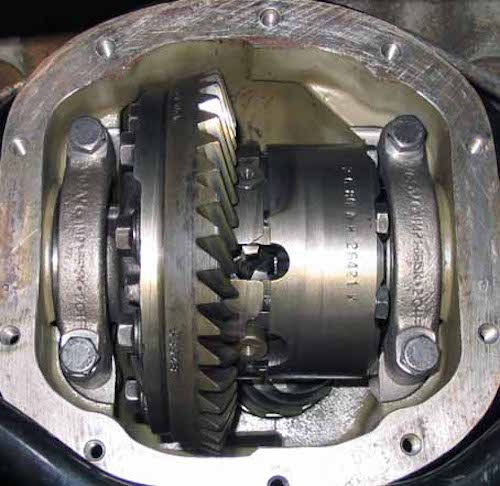
Call me a skeptic, but these days, AWD is both a marketing tool, and way to bring the price up on passenger vehicles. I’m not opposed to AWD, and yes, their benefits are numerous. But for a daily driver, give me a set of Blizzaks mounted to my 940 and I dare say that my old brick would get me out of 99% of bad winter weather situations thrown at me.


